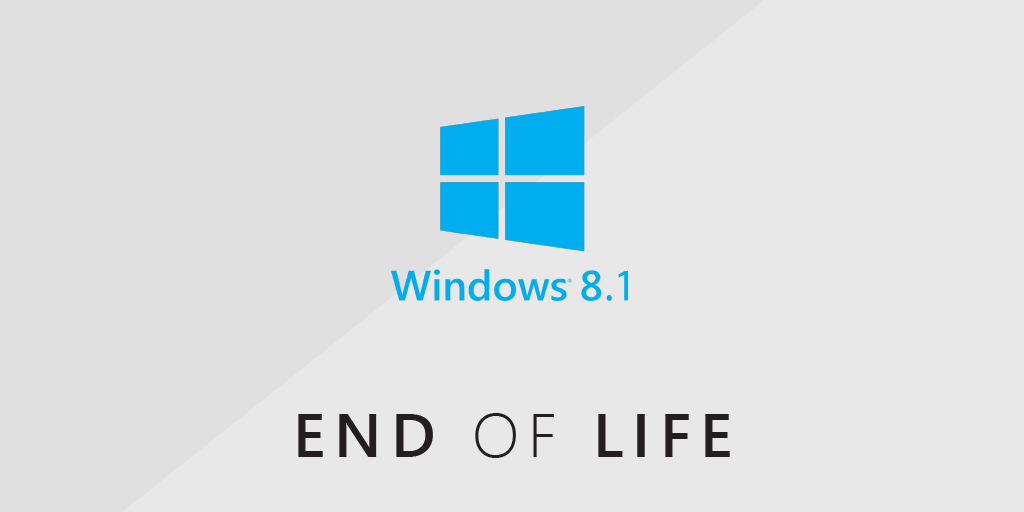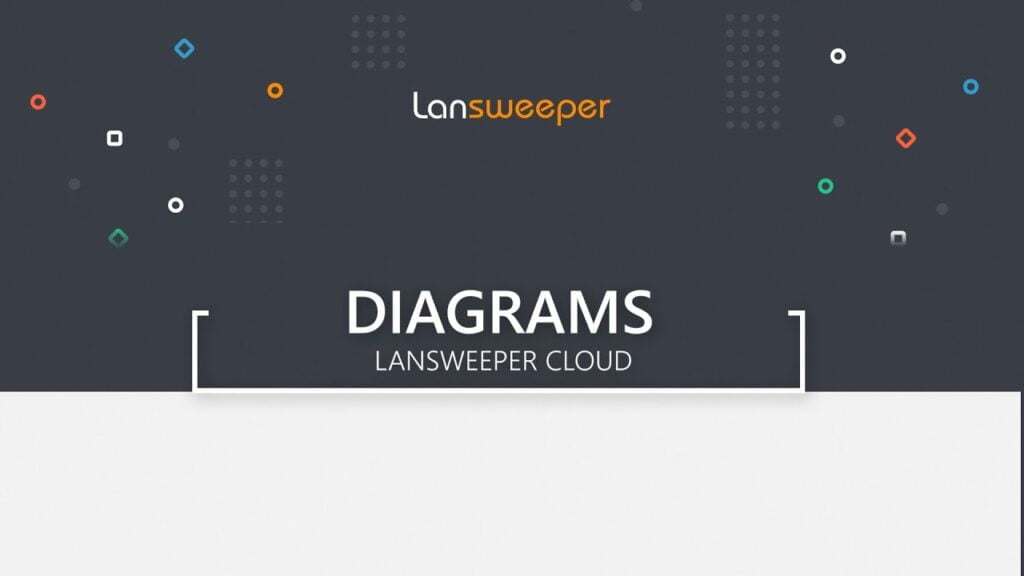
On January 10, 2023, Microsoft will end support for Windows 8.1. This means that the operating system will receive no more security updates. In order to keep your network properly updated and secured, Microsoft recommends you update to Windows 11, or if that is not possible Windows 10.
End of Support and the Beginning of Security Risks
Support for Windows 8.1 will end on January 10, 2023, 10 years after its initial release. Microsoft will not be offering an Extended Security Program (ESU) for Windows 8.1. Any devices still running Windows 8.1 after January 10 will be increasingly exposed to security risks and may no longer meet certain compliance obligations.
Windows 8.1 will no longer receive any security updates, non-security updates, bug fixes, technical support, or online technical content updates. This puts any machines still using the operating system at risk of data breaches, system hacks, and other security vulnerabilities that can bring a business to a grinding halt. Unsupported operating systems are easier to exploit as vulnerabilities are no longer being patched. One single vulnerable workstation can leave an organization’s entire network exposed, and every business is a potential target.
Windows 8.1 End of Support and Microsoft 365 Apps
The end of support for Windows 8.1 also means that it will no longer meet the system requirements for Microsoft 365. Microsoft 365 apps follow the Modern Lifecycle Policy, meaning that in order to keep using the apps, you are required to stay current. This means that after January 10 the Microsoft 365 apps will no longer be supported on Windows 8.1.
Running the apps on older and unsupported operating systems can lead to performance and reliability issues. Microsoft 365 apps running on Windows 8.1 after January 10 will no longer receive any updates. You won’t be able to install any new Microsoft 365 apps or perform an Online Repair. You can find more information in this article from Microsoft.
Move to a Current Windows Operating System to Stay Supported
Microsoft recommends that you upgrade any devices running Windows 8.1 to one of the supported and patched Windows operating systems. Preferably you should update to Windows 11, but if your machines don’t meet the hardware requirements you can still upgrade to Windows 10 as well.
Windows 11 Readiness Check
Windows 11 is the most recent release of Windows, so this is the version Microsoft recommends to anyone upgrading their Windows systems. However, machines running Windows 8.1 may be older machines that don’t meet the hardware requirements for Windows 11. You can read more about the requirements in our Windows 11 readiness blog post.
Our team has created a Windows 11 Readiness Audit report, that will check your asset inventory for machines that are eligible for the update to Windows 11, making it easy for you to create a migration plan.

Windows 10 Readiness Check
For those machines that do not meet the hardware requirements for Windows 11, you can still opt for Windows 10. Our Windows 10 Readiness Audit checks if your computers meet the Windows 10 minimum hardware requirements. This will help you to plan your Windows 10 migration more effectively.
